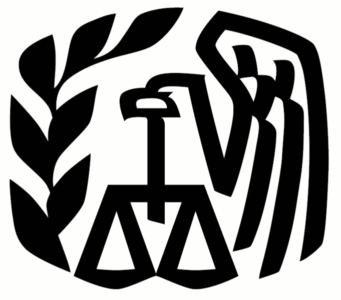Originally published on Forbes.com Aug 1st, 2013
The Horseless Carriage Club of America is dedicated to preserving gas, steam and electric motor vehicles built before January 1, 1916. HCCA encourages owners to use them for their original purpose of driving and completing tours. The story of how HCCA gained and lost 501(c)(3) status is a cautionary tale for relatively small organizations
The organization grosses between $150,000 and $200,000 per year based on its most recently available Form 990. The revenue is overwhelmingly membership dues. HCCA appears to operate near breakeven, although based on the balance sheet it appears to have accumulated some funds sometime in the past. From a federal tax viewpoint, HCCA was not really getting much from its 501(c)(3) status. The reason they went for it was explained in this message to the membership from President Richard Cutler
In 2006 the Horseless Carriage Club applied for a 501(c)(3) not for profit status that would allow donations to the HCCA to be tax deductible. Prior to that the HCCA had the potential of at least two major gifts that went elsewhere because we did not have the tax deductible status. In 2007 the IRS granted us that status.
The Problem
HCCA had qualified under 501(c)(3) based on performing an educational role. HCCA was audited for the year 2010 and it was indicated that its 501(c)(3) status would be revoked. In the final determination, the problem seems to have been that the members were just having too much fun:
An organization is not operated exclusively for exempt purposes and does not qualify for exemption when extensive social and recreational activities are provided in addition to further’its educational purpose. ORG’s tours, as described in the itinerary and articles published in ORG’s web site, are socialized and recreational in nature such as shopping, wine testing, driving and sightseeing through stunning rolling-hill back roads, dining in restaurants, picnicking in parks, and visiting museums and other attractions during the tours. Again, ORG is not able to demonstrate that it accomplishes educational purposes through its operation of guided tours. The extensive amount of time, energy, and other resources are regularly devoted to the conduct of social and recreational activities. ORG’s conduct of such social and recreational activities serves substantial independent purpose of a noncharitable nature.
Apparently Not A Total Disaster
Based on the message to the members loss of 501(c)(3) status has not been fatal to the organization.
Things seem to moving a little faster now. The “new” HCCA has been approved by the IRS as a 501(c)7 not-for-profit organization. There are a couple of minor things we’ll need to watch as we go forward, but your Board will be implementing safe guards at the next Board meeting. Our attorney is now discussing with the IRS what we can do with our assets. The goal remains to have all the assets transfer to the “new” HCCA, but unless the IRS throws us huge curve ball, we feel confident that we’re now in a good position to take whatever they throw at us.
They have also started a purely educational organization, the Horseless Carriage Education Institution, which has and should be able to maintain 501(c)(3) status.
How Did This Happen ?
It really seems that the Service should have either let HCCA continue as a 501(c)(3) or it should not have granted it the status in the first place. It may well be that they might have oversold how educational they were going to be when they applied, but it must have been clear that they were not going to stop doing what they had been doing for decades. The strategy of setting up a new organization from scratch seems like a sound one, but you can understand why it would not have occurred to them in the first place.
I think the moral is that if your organization has been functioning well without 501(c)(3) status, you should proceed with caution in deciding to pursue it.
You can follow me on twitter @peterreillycpa.































































































